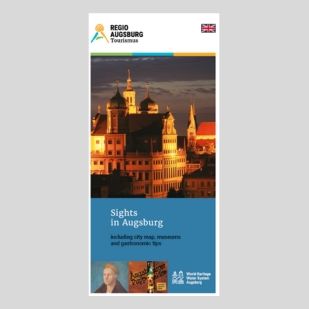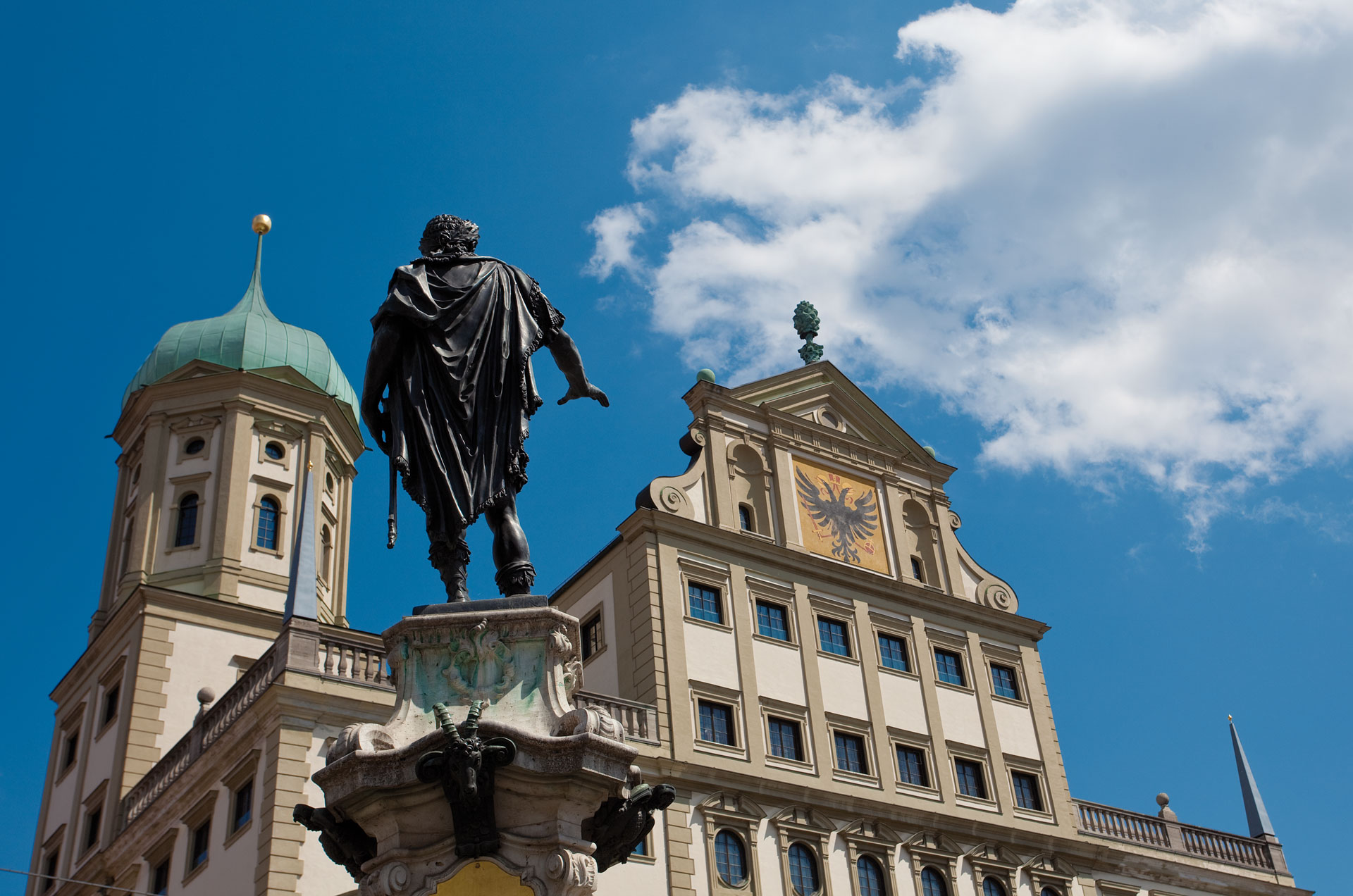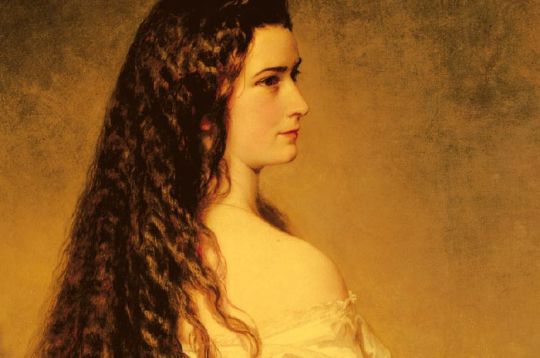Top Highlights
All sights
Adverts
Brochures and Links

Brochure
Sights including map

Website
360° Panorama tour

Parking and transportation


Brochure

Website

Parking and transportation
Cookie and data protection information
This website uses cookies to enable certain functions and to improve the offer.
Schützt vor Cross-Site-Request-Forgery Angriffen.
Speichert die aktuelle PHP-Session.
Content from video platforms and social media platforms is blocked by default. If cookies from external media are accepted, access to this content no longer requires manual consent.
